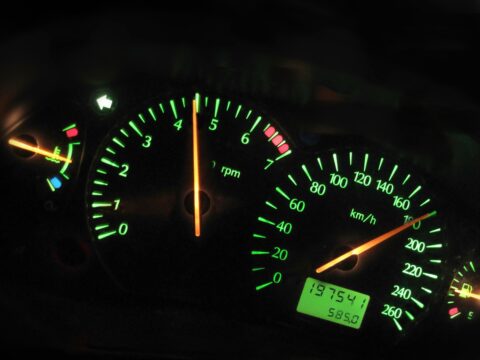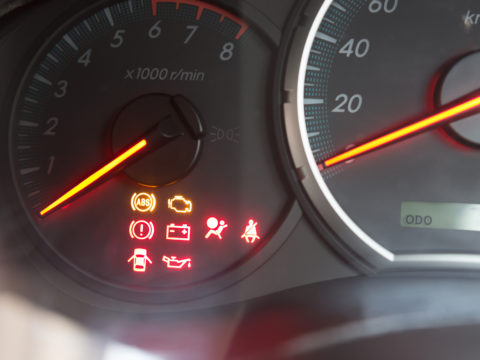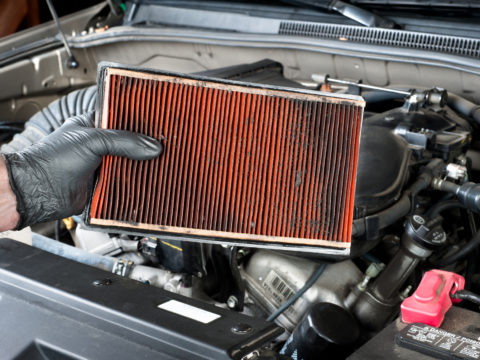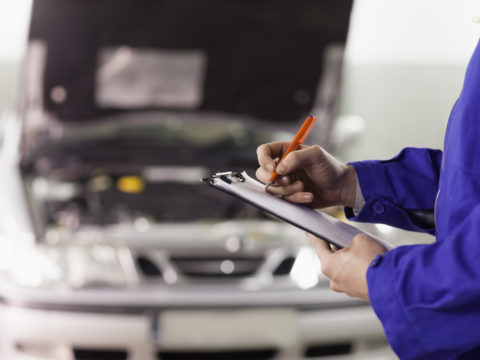The check engine light comes on, there’s a shudder, and suddenly the car has lost all speed and won’t accelerate.
Chances are it’s just entered limp mode.
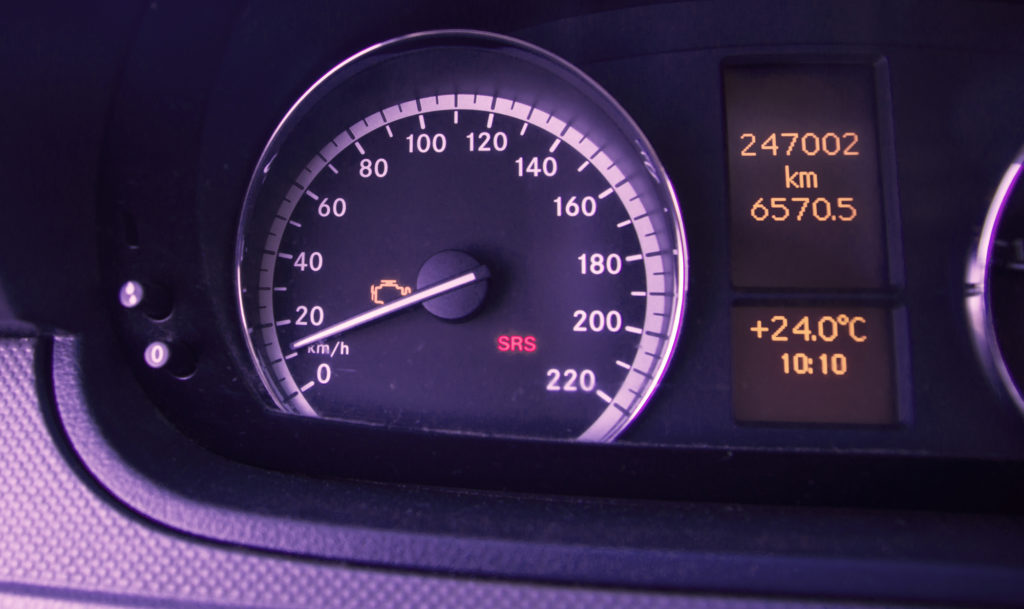
Contents
What is limp mode?
Have you ever twisted your ankle and had to limp home, favoring the leg to prevent further damage? Well, it works the same way in cars.
In the event of electrical or mechanical mishaps, the onboard computer will shut down all superfluous functions and go into limp mode – also known as limp home mode.
By greatly reducing the car’s power consumption and output, the system prevents further damage to the car without making it undrivable. The idea is to have just enough function to pull over or drive to an auto shop.
What causes a car to go into limp mode?
1) Sensor Malfunction
We all know how fallible computers can be; they are bound to mess up eventually. The more complex they get and the more sensors they are attached to, the more likely a malfunction is to occur.
Modern cars have several computers and many, many sensors. Almost every part of the car has a sensor, and it is not uncommon for one of them to misfire or get a bad reading.
Pressure sensors, speed sensors, and mass airflow sensors are just a few of the devices that can trigger limp mode.
2) Low Fluid Levels
Low levels of transmission fluid or oil can cause severe problems for cars and cause them to enter limp mode.
Without the right level of oil, parts won’t run smoothly, and they will wear out much faster. The increased friction can also cause heat build-up.
Low transmission fluid levels result in a decrease of pressure in the transmission. Without the correct pressure, the transmission cannot function correctly.
3) Clutch or Transmission Issues
Mechanical damage or bad connections to the clutch or transmission will easily trigger limp mode.
In automatic cars, the transmission control module can put the car in limp mode on its own to prevent transmission damage. Faulty sensors or valves, bad shift solenoids, and low transmission fluid levels can also send the car into limp mode.
By entering limp mode, the car can prevent, or at least reduce, further damage to the transmission and clutch.
4) Faulty Wiring
Anything from heat to battery acid and road debris to rats can damage your car’s wiring. If you are driving when the wiring gives out, the onboard computer may think the part is damaged or unresponsive when it is just the electrical connection that is out.
Corrosion is a common cause of wiring damage and can happen from regular wear and tear. Depending on where the wires are in the car, the damage can cause further problems and pose risks such as fire hazards.
5) Overheating
Driving an engine too hard can lead to overheating and result in fire. If you’ve ever driven a steep mountain, then you’ve likely seen the burned-out husks of overheated cars.
Unfortunately, pushing the car too hard isn’t the only way to overheat it. If the cooling system is on the fritz, there may not be enough fresh air coming in to cool the engine.
In limp mode, fuel doesn’t flow to all cylinders, allowing the engine to take time to bring in more air and cool down. It also forces you to drive slower, giving the engine a break.
Common Limp mode symptoms
1) Significantly Reduced Speed and Acceleration
If your car’s speed starts flagging noticeably and the RPM drops to 3000 or less, this is a definite sign the car is in limp mode.
This speed reduction usually causes the car to max out at around 40mph. Additionally, you will notice that the car is very slow to accelerate, and flooring the gas pedal has little effect.
This reduction of power to the transmission may also prevent you from shifting into higher gears.
2) Check Engine Light
The check engine light may have already been on before the car entered limp mode. Many times cars are forced into limp mode because the driver ignored the check engine light, and it has led to catastrophic failure.
If the check engine light wasn’t on before, then it will certainly come on in limp mode. If the light stays on, it indicates an issue that is major but not severe. You can drive to a service station to fix it.
If the check engine light is blinking, it indicates a serious issue, and you should pull over immediately and call a tow truck.
3) Poor Performance
The most obvious indicator of poor performance is that the car might down-shift gears itself, prevent you from shifting into third or higher, or prevent you from shifting at all.
Additionally, you may feel the engine trembling, quaking the whole car. There may also be misfires and overheating. If the car begins to overheat, pull over and call a tow truck.
4) Auxiliary Functions Shut Down
When a car enters limp mode, the computer shuts off all unnecessary functions. Anything that takes auxiliary power like the AC, radio, or windows may stop working.
Not only does this save power in case the issue is the battery or electrical, but it also reduces the risk of permanent damage. By lowering the load on the engine, limp mode reduces the strain on all components and lowers the risk of breaking anything.
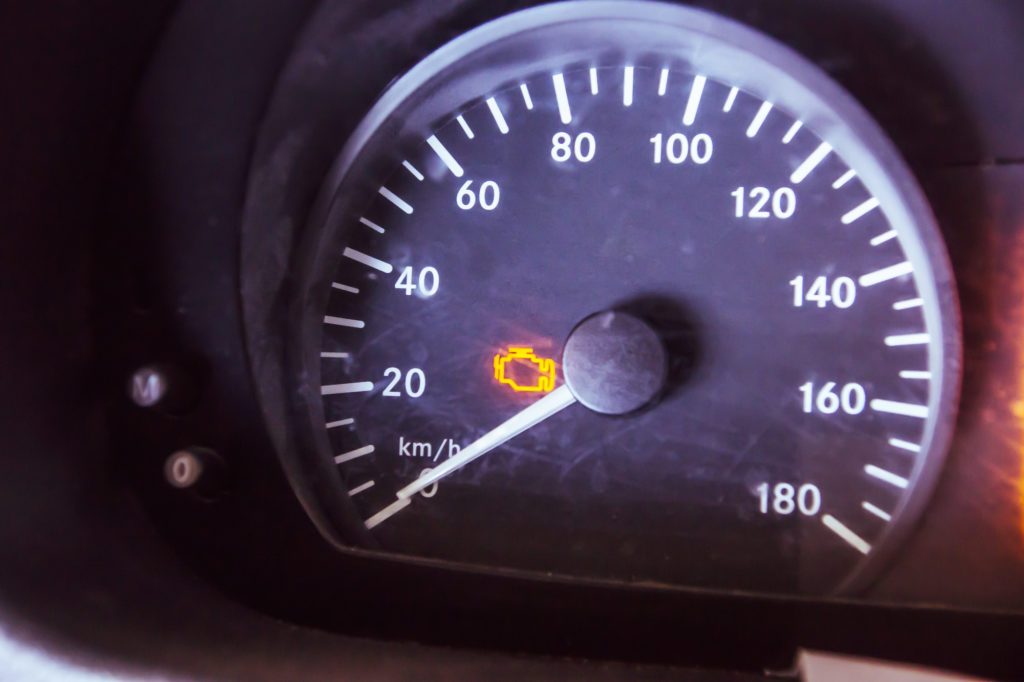
What to Do When You Detect Limp Mode While Driving
There are several steps you should take should you find your car entering limp mode while driving.
Step 1: Stay Calm and Assess
Take stock of where you are where your exits are. If you are on the highway, you will want to make for an offramp or shoulder at the earliest safe time to do so. Put on your four-way flashers, so other cars around you know there is an issue.
Step 2: Give It a Rest
In many cases, the car has gone into limp mode by accident. Simply stopping the car and turning the engine off for a minute can reset the system. If this does not work and you cannot see any obvious problems, try disconnecting the battery.
Disconnect the negative terminal for the battery and hold down the brake to drain any residual power. Then reconnect the battery.
Whether the limp mode system has reset or not at this point, proceed to step 3.
Step 3: Mechanic or Tow Truck
Once you are in a safe place and have time to do so, think about what you want to do and what you can do.
If you are near a town, surrounded by roads with low-speed limits, and the car does not have any obvious problems, you can make your way to a service station or mechanic.
If the car has a noticeable problem or you cannot get to an auto shop, then pull over and call a tow truck. Do not risk driving if you think it is unsafe.
Should You Reset or Bypass Limp Mode?
Limp mode comes on due to a deeper issue with the car that you can rarely see from the outside. It is not recommended to try and reset limp mode without taking the car to the shop.
Bypassing limp mode isn’t an option because it will continue triggering until the primary issue is resolved. You can reset the system to get the car out of limp mode, but again, you should not do so unless you are planning to take it in for service.
Limp Mode FAQ
How do you fix a car in limp mode?
The easiest solution to get a car out of limp mode is to take it to a mechanic. If the cause is something minor like low fluid levels or faulty wires, they’ll have it fixed up fairly quickly.
You can also take a car out of limp mode yourself, but this is not recommended as it is often an indicator of a larger issue and is in place as a safety precaution.
How fast can you go on limp mode?
Cars in limp mode have reduced power and RPM, limiting their speed to around 35-45mph. Due to the power reduction, the engine can only reach around 3000 RPM and often cannot shift into a higher gear than second or third.
How long can you drive in limp mode?
Technically speaking, you can drive in limp mode indefinitely. The car has reduced functionality and is likely in that state to prevent other damages, but unless the problem gets worse or another problem arises, you can drive in limp mode as long as you need to.
That being said, you should get your car looked at as soon as possible if it goes into limp mode, and don’t try to drive it if there is an obvious leak, grinding sounds, or excessive heat.
How much does it cost to fix limp mode?
There are two components to consider when evaluating the costs of repair when it comes to limp mode. The first is the cost to have the limp mode system reset, and the second is the underlying issue that triggered limp mode to begin with.
If the system was triggered by a fault or something minor, the cost can be as little as $50. However, if something major is damaged, the cost can be upwards of $500 and even more if the problem part needs replacing.
Will driving in limp mode damage the engine?
The idea behind the limp mode system is to prevent further damage to the engine, mechanics, and electronics by easing up on the engine. So, no, driving in limp mode will not damage the car. Bypassing limp mode and driving despite the warnings, however, can result in total engine failure and permanent damage.

